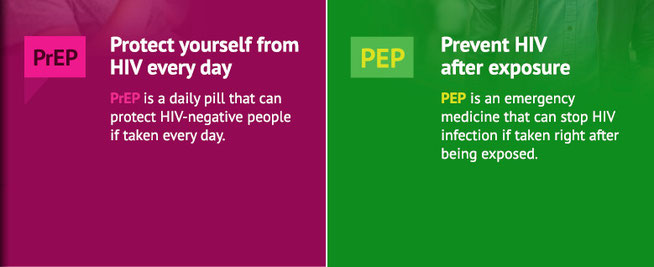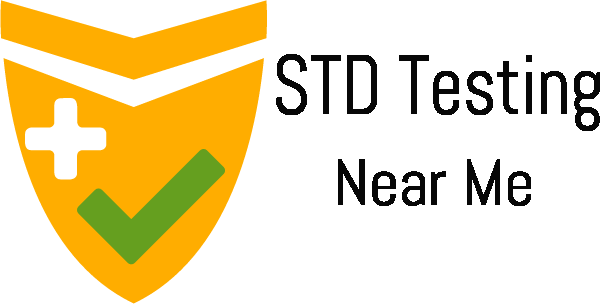HIV is most commonly transmitted through vaginal sexual intercourse anal sexual intercourse and intravenous blood exposure by sharing needles with an infected individual.
Although less common, HIV can also be transmitted through blood transfusions from a mother to child before or during childbirth and through breastfeeding even if the viral load in your blood is low or undetectable the virus may still exist in body fluids such as semen vaginal and rectal fluids and breast milk. Thus, HIV can still be spread among Individuals.
How HIV enters the human body?
The most common way that HIV is transmitted is through unprotected vaginal intercourse in women. HIV can enter the body through small tears in the lining of the vagina the virus can also be absorbed through the lining of the vagina and cervix in men. HIV can enter the body through the urethra which is the opening at the tip of the penis and through small cuts abrasions inner foreskin tissue or open sores on the penis. HIV can also be spread through unprotected anal sexual intercourse.
Which form Sexual practice is more susceptible to the spreading of HIV?
Data suggests that anal intercourse has the highest risk for transmission of any form of the insert of sex, while the partner receiving semen is at a greater risk of becoming infected because HIV can enter through the thin lining of the rectum.
The person who inserts his penis is also at risk because the virus can enter the body through the urethra or through small cuts abrasions foreskin tissue particularly in uncircumcised patients or open sores on the penis such as caused by untreated syphilis or herpes infection. The rectal lining is believed to be more susceptible to HIV infection than the vaginal lining. Partly due to its relative fragility and the abundance of cells targeted by HIV in that area.
How to avoid HIV?
The most effective way to avoid HIV is by abstaining from sex however if you choose to have vaginal or anal sex a latex condom. A condom can help to prevent the spread of HIV. It helps to prevent the exposure of an uninfected partner to HIV infected semen and protects the male’s penis and urethra from HIV infected vaginal or rectal fluid blood or other body fluids.
Condoms can also prevent other sexually transmitted diseases and pregnancy when used properly. You can also help to prevent HIV by treating your other STDs especially those that cause open sores such as syphilis.
Because HIV can enter the body through these open sores. In addition, antiretroviral therapy also known as an RT can reduce the risk of HIV transmission between partners by reducing the amount of HIV in the infected partner’s body early, initiation of antiretroviral therapy. For an HIV-positive person, it is important as it greatly lowers the risk of sexual transmission of HIV. Receiving treatment for HIV infection decreases the amount of HIV in the body and in sexual secretions from the body when an RT is taken regularly. It has also been shown to decrease the risk of HIV infection by as much as 96 percent compared to safe sex alone microbicides. They are gels or creams that can be applied inside the vagina or rectum can also theoretically help to prevent HIV by lubricating and reducing the chance of micro tears in the lining.
PEP & PREP as a method of HIV prevention
Creating a physical barrier against HIV and preventing viral replication at present. There are no HIV microbicides available through numerous formulations and are under study.

PEP
Post-exposure prophylaxis is also known as PEP, which may prevent the replication and spread of HIV. PEP involves taking anti-HIV drugs to reduce the chance of becoming HIV-positive.In PEP method it involves taking antiretroviral medicines (ART) by someone who is HIV negative to prevent becoming infected after being exposed.
So, let’s say something happens, you have a condom break or you didn’t use condoms with one of your partners, you go to a doctor, a nurse or other healthcare provider, an emergency room, urgent care, whatever works for where you are and you say, this happened. You had condomless sex. Your condom broke. And they start you on medicines that you take for 28 days and it prevents infection. You have to do it pretty quickly.
Ideally used in case of accidental exposure it should be offered and initiated at the very early stage, ideally in 72 hours of exposure. PEP involves taking of Antiretroviral drugs for a course of 4 weeks.
After exposure, to be effective PEP must begin within 72 hours after exposure to HIV before the virus begins to rapidly replicate(effectiveness goes up to 80% when taken within 72 hours of exposure). However, PEP is not 100% effective and does not guarantee that someone exposed to HIV will not become infected.
PREP
Pre-exposure prophylaxis which is also known as PREP may also help to prevent HIV transmission. A form of PREP that is a combination of two antiretroviral drugs and which is available as a once-daily pill has been approved in the US.
Pre-exposure prophylaxis (or PrEP) is used by the people at a very high risk of HIV, it involves intake of Anti- Retroviral drugs daily to reduce the chances of being infected.
PREP is for the people who take it every day to prevent HIV. If you’re at risk for HIV, that means sometimes you don’t use condoms, you can take PREP. There’s over 90% reduction in HIV risks. That’s better than the odds of a flu shot(vaccine) in preventing the flu
They involve people who are HIV negative but are having a sexual relationship with the one who is positive (HIV +) partner or one who is having multiple sexual partners, gay or bisexual men having sex without a condom, people doing drugs, especially using shared needles.
Couples considering getting pregnant, PrEP may be an option to help protect one and their baby from getting HIV infection while one tries to get pregnant, during pregnancy, or while breastfeeding.
Used consistently PREP reduces the chances of HIV from SEX by up to 90% and 70% reduction among people who inject drugs.
Also read : HIV symptoms, testing and treatment in 2018
How successful is it?
In a large study of over 3,300 individuals, the PREP resulted in a 44% reduction in the incidence of HIV in men who have sex with men. For transgender women who have sex with men however PREP should only be used in combination with other HIV prevention strategies such as condom etc.
Further, data suggest that if the PREP pill is taken faithfully on a daily basis with no missed doses, the effectiveness increases.
Other ways of Contamination & Prevention
Further in addition, to vaginal and anal intercourse, HIV can also be spread through contact with blood. One way this can happen is during a blood transfusion. However, screening for HIV and blood products now essentially eliminates any risk of transmission.
Sharing contaminated needles especially in intravenous drug users can also spread HIV. At the start of every IV injection, a small amount of blood enters the needle and syringe if a person who previously used the needle was infected with HIV, uninfected individuals using the same needle and syringe have a high risk of HIV infection.
HIV can also be spread by using contaminated syringes to prepare drugs reusing water, reusing bottle caps spoons or other containers used to dissolve drugs in water and to heat drug solution. Or using small pieces of cotton or cigarette filters known as Cotton’s to filter out particles that could block the needle to prevent the transmission of HIV through infected syringes needles and other drug equipment.
People who use injected drugs should only use clean and sterile needles obtained from reputable sources such as pharmacies or needle exchange programs.
Over 4000+ Test Centers Nationwide.Get Tested for HIV now!! Order Testing Today!
